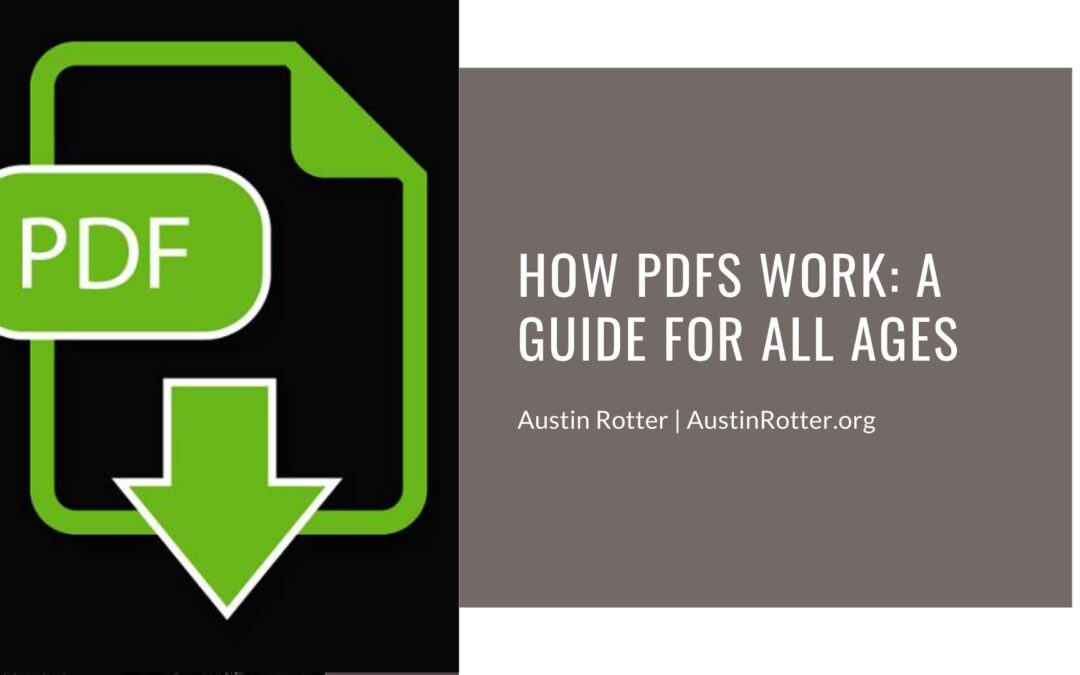Introduction to PDFs: What They Are and Why They Matter
Portable Document Format (PDF) is a file format developed by Adobe in the 1990s. PDFs are designed to preserve documents’ visual integrity and layout across different platforms and devices. Thanks to their versatility and reliability, they have become the standard for digitally sharing documents.
Exploring the Advantages of PDFs
PDFs offer several advantages over other file formats. They are universally compatible and can be viewed on any device with a PDF reader. PDFs also maintain document formatting, ensuring that your files look the same regardless of the software used to open them. Additionally, PDFs provide robust security features, such as password protection and encryption, to safeguard sensitive information.
Creating Your Own PDFs: Step-by-Step Instructions
Creating a PDF is straightforward. You can convert existing documents, such as Word files or images, into PDF format using various software tools or online converters. These tools preserve your document’s original layout and formatting, ensuring consistency and fidelity across different platforms. Additionally, PDF creation software often offers options for optimizing file size and adding metadata.
Navigating PDF Readers: A User-Friendly Tutorial
You’ll need a PDF reader or viewer application to view and interact with PDF documents. Popular PDF readers include Adobe Acrobat Reader, Foxit Reader, and Preview (on macOS). These applications allow you to open, navigate, search, annotate, and print PDFs and perform more advanced tasks like filling out forms and adding digital signatures. We’ll walk you through these tools’ basic features and functionalities to help you get started.
Ensuring Accessibility in Your PDFs
Accessibility is essential when creating PDF documents to ensure they can be used by individuals with disabilities. To make your PDFs accessible, you should follow accessibility guidelines and best practices, such as providing alternative text for images, using proper heading structure, and ensuring compatibility with screen readers and other assistive technologies. We’ll provide tips and techniques for creating accessible PDFs that meet the needs of all users.
Conclusion: Mastering the Art of PDFs
In conclusion, mastering the art of PDFs opens up a world of possibilities for sharing and preserving digital documents. Whether you’re a student, professional, or tech enthusiast, understanding how PDFs work and how to create, view, and interact with them effectively is essential in today’s digital age. By following the tips and techniques outlined in this guide, you’ll be well-equipped to easily harness the power of PDFs and streamline your digital workflows.
